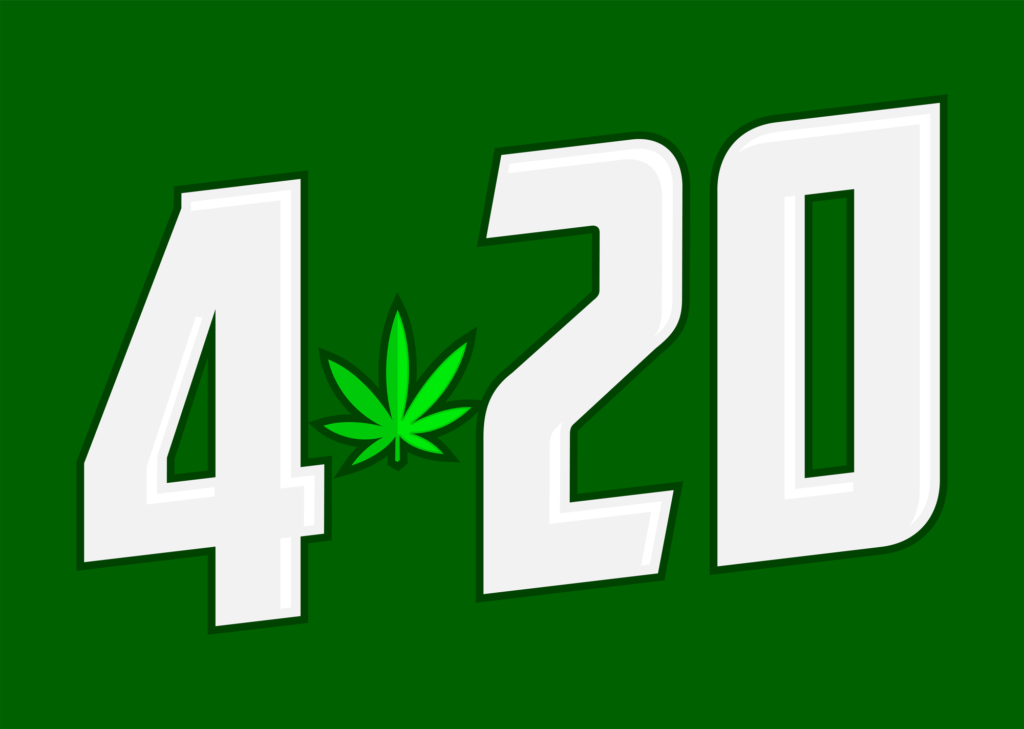On April 20, 2012, marijuana advocates gathered across the country to celebrate a cultural holiday rooted in protest and unity—despite the fact that no state had yet legalized recreational cannabis.

Fast forward to 2025, and the landscape has dramatically shifted: 24 states have now legalized marijuana for recreational use, while 39 states have legalized it for medical purposes.
That alone is cause for celebration.
This 4/20, millions of Americans are enjoying the freedom to legally purchase, possess, and consume marijuana. Dispensaries and retail outlets are offering deals, rallies are taking place, and events across the country are drawing thousands in support of a once-taboo plant. For longtime advocates, it’s a moment of vindication. The work of decades—grassroots organizing, policy research, political pressure, and civil disobedience—has helped normalize marijuana and push it into the mainstream of American life.
But 4/20 is more than just a time to celebrate. It’s also a reminder that the work isn’t done.
Despite the progress, 26 states still do not allow legal recreational marijuana use. In many of those states, possession of even small amounts can still lead to criminal charges. While 39 states have passed laws allowing medical marijuana in some form, that still leaves millions of Americans without safe or legal access to a substance that is often safer than alternatives like opioids or alcohol.
And then there’s the federal government. Marijuana remains classified as a Schedule I drug under the Controlled Substances Act—alongside heroin—with no accepted medical use under federal law. This classification not only flies in the face of modern science but also creates major barriers for marijuana businesses, patients, researchers, and consumers.
Although an effort to reschedule marijuana to Schedule III remains alive, albeit paused, that change has not yet taken effect, and would still leave marijuana federally criminalized for recreational use.
That’s why, for many, 4/20 is still a protest.
It’s a demand for change in states where full prohibition remains in place. It’s a call for federal legislation that allows marijuana businesses to access banking services, protects state laws from interference, and clears the criminal records of those who were prosecuted for marijuana offenses that are now legal.
As the number of legal states grows, so does public support. National polls consistently show that more than two-thirds of Americans support full legalization, and even more back reforms like expungement and banking access.
This 4/20, there’s a lot to be proud of—but also a lot more to fight for. From those lighting up legally in states like New York and California, to those still advocating for medical access in South Carolina and Idaho, the cannabis movement remains united by the same principles that fueled it from the start: freedom, fairness, and common sense reform.
The path from zero to 24 legal states took just over a decade. The path to full reform could take even less—if the energy, unity, and urgency behind 4/20 continue after the celebrations have ended.







